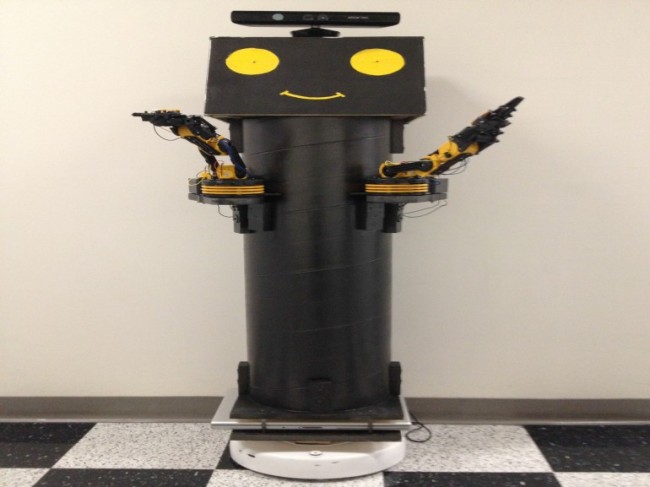The inTouch technology is developed by researchers from the VTT Research Center of Finland which lets a ring, bracelet, or even a smart fingernail act as a conduit to transfer information between devices simply and securely – even when the devices are owned by different people.
The team at the Smart Interaction Solutions lab at the VTT Technical Research Center of Finland, led by Dr. Jani Mäntyjärvi has been experimenting with different devices in different forms that can act as a “touch conduit” of information between different devices.
The basic idea is that the user wears a ring, or bracelet, watch, or even a “smart fingernail” (i.e. a small chip embedded in an artificial fingernail) that has some small amount of memory, an antenna, but no battery. The system would require the devices to have a special antenna that sends out enough energy to power the ring or other inTouch device, just like how an RFID (Radio Frequency Identification) chip works.
When the user touches their device with an inTouch ring, for example, a special icon appears. If the user wants to upload a small amount of information, like a website address, or a small picture, the data is actually stored in the ring. Then when the user touches another device equipped with the same technology, they can initiate a download from the ring back into the device.
The chips and antennas involved are very small, and since they have no batteries, can be placed in any number of wearable accessories, clothing, jewellery, or, as mentioned, a fashionable fake fingernail.
Check out the video below









